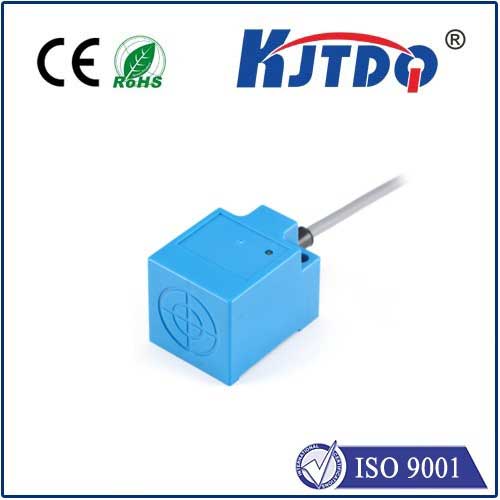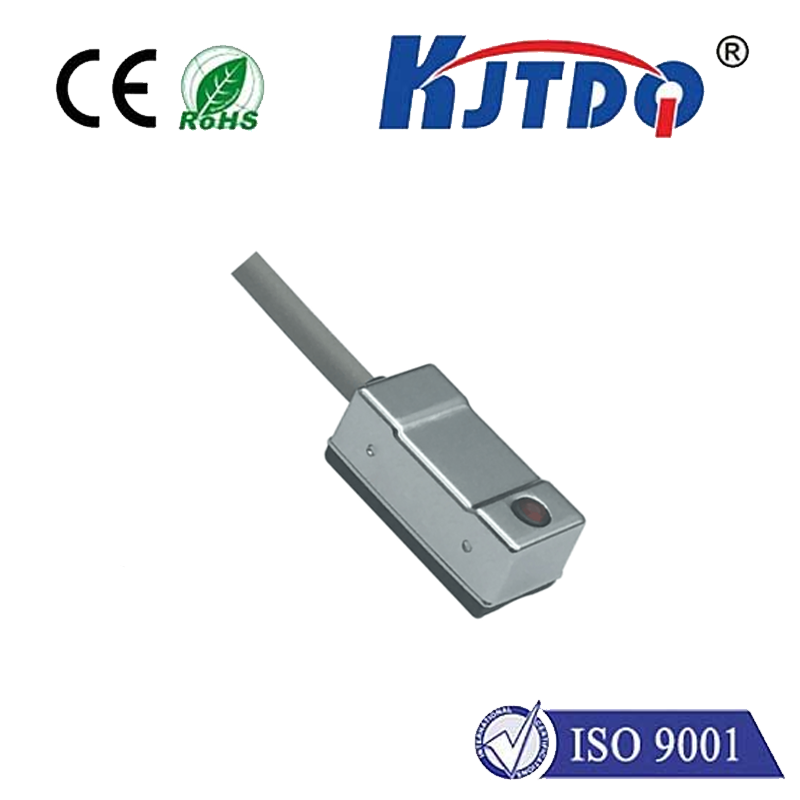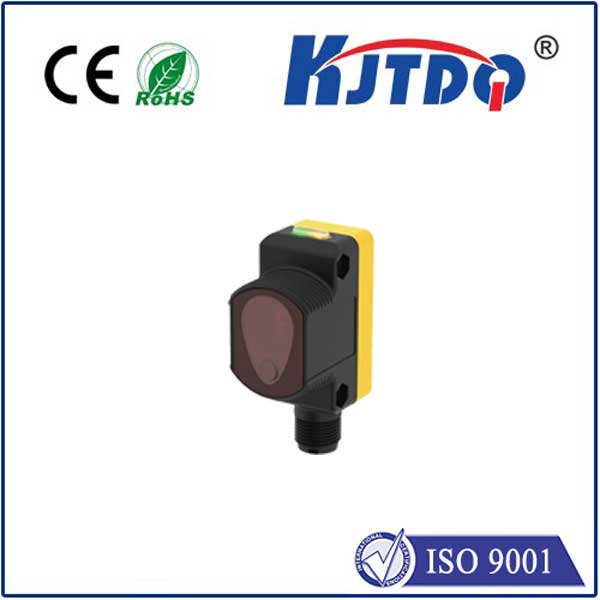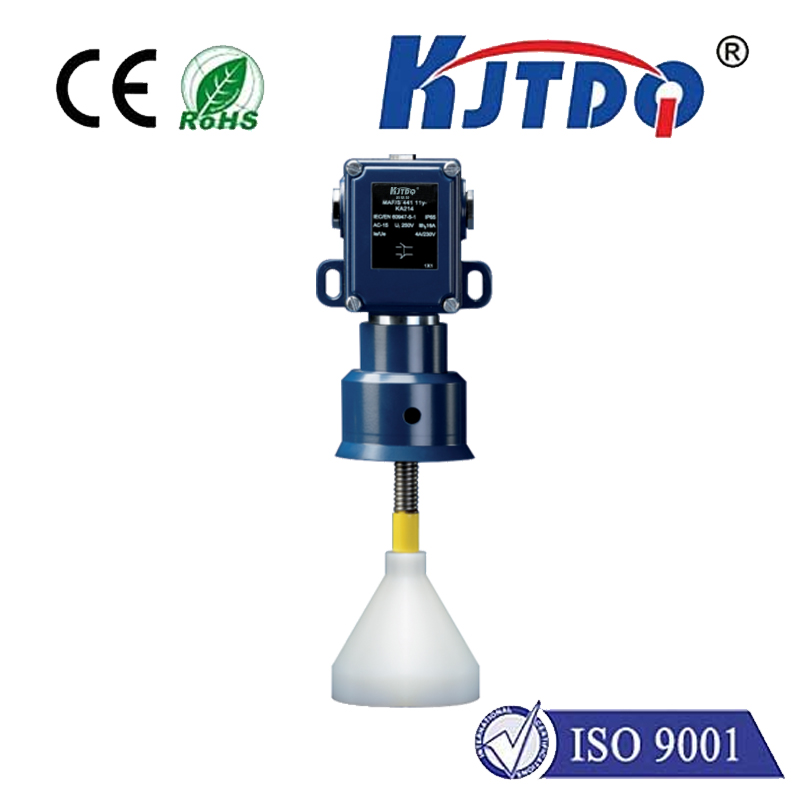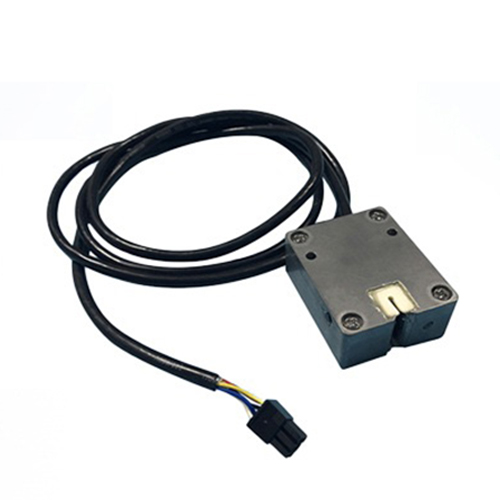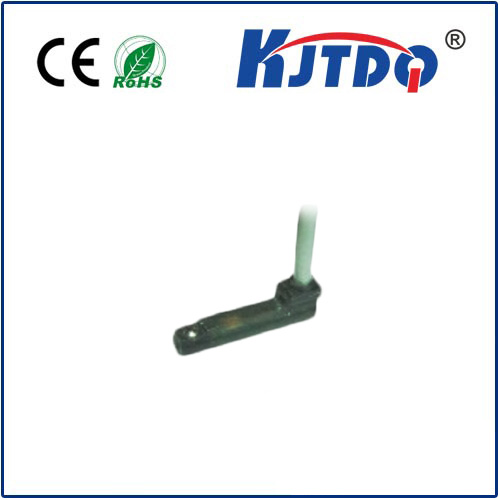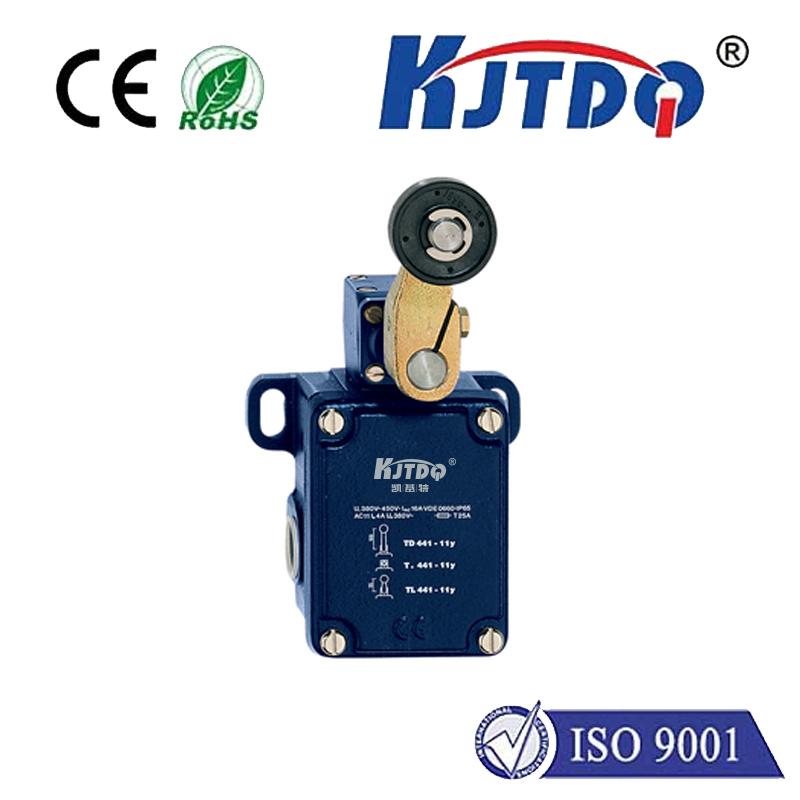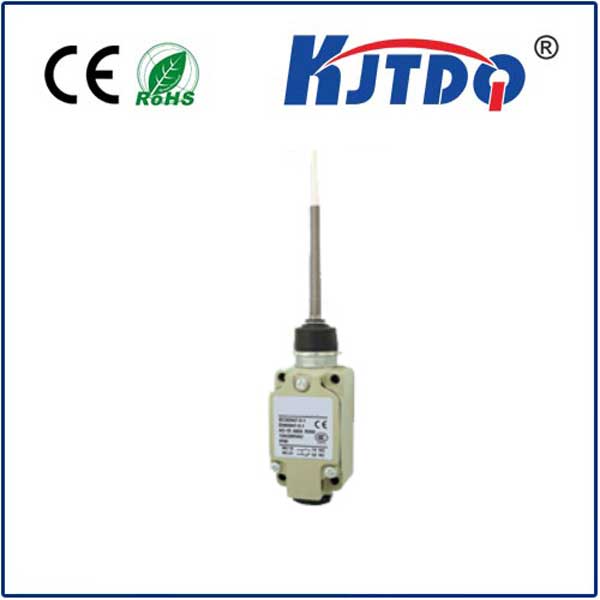

check

check

check

check

check

check

check

check

check

check

Title: Unveiling the World of Inductive Proximity Switches In the realm of automation and sensing technologies, inductive proximity switches stand out as a critical component. These devices are designed to monitor the presence or absence of metallic objects without any physical contact, ensuring smooth and reliable performance in a wide array of applications. This article delves into the essence of inductive proximity switches, exploring their functionality, benefits, and varied uses across different industries. Understanding Inductive Proximity Switches At its core, an inductive proximity switch operates based on the principles of electromagnetism. It consists of an oscillator circuit that generates an electromagnetic field. When a conductive target comes within the range of this field, it causes a change in the field, which is then detected by the electronic circuitry within the switch. This change triggers the switch to either close or open its output circuit, effectively signaling the presence or absence of the target object. The primary advantage of inductive proximity switches lies in their contact-free operation. This feature significantly reduces wear and tear, leading to enhanced durability and longer service life. Additionally, these switches are immune to dust, moisture, and most forms of mechanical impact, making them exceptionally reliable in harsh environments. Applications Across Industries The versatility of inductive proximity switches makes them indispensable across various sectors. In the manufacturing industry, they are extensively used for position sensing, product counting, level control, and conveyor belt monitoring. Their ability to operate accurately even in dirty or rugged conditions makes them ideal for automotive and packaging applications, where precision and reliability are paramount. In the field of robotics, inductive proximity switches play a pivotal role in enabling precise motion control and collision avoidance. By providing feedback on the exact position of robotic arms and automated guided vehicles (AGVs), these sensors ensure safe and efficient operations. Furthermore, they are crucial in the development of advanced security systems, such as access controls and metal detectors, enhancing safety measures across public spaces and private facilities alike. Advancements and Future Directions As technology advances, so too does the capability of inductive proximity switches. Modern iterations boast improved detection distances, faster response times, and increased resistance to environmental factors such as temperature fluctuations and electromagnetic interference. These enhancements make them more suitable for high-performance applications, including those in the aerospace, marine, and renewable energy sectors. Looking ahead, the integration of inductive proximity switches with Internet of Things (IoT) platforms presents exciting opportunities. By enabling real-time data collection and analysis, these sensors can contribute to predictive maintenance programs, optimizing equipment performance and reducing downtime. This convergence of traditional sensing technology with cutting-edge digital solutions heralds a new era of smart automation and connectivity. Conclusion In summary, inductive proximity switches represent a cornerstone of modern sensing technology, offering unparalleled reliability, accuracy, and versatility. Their widespread adoption across diverse industries underscores their significance in driving efficiency and innovation. As we look towards the future, the continued evolution of these devices promises to unlock new potentials, further transforming how we interact with our automated world.
